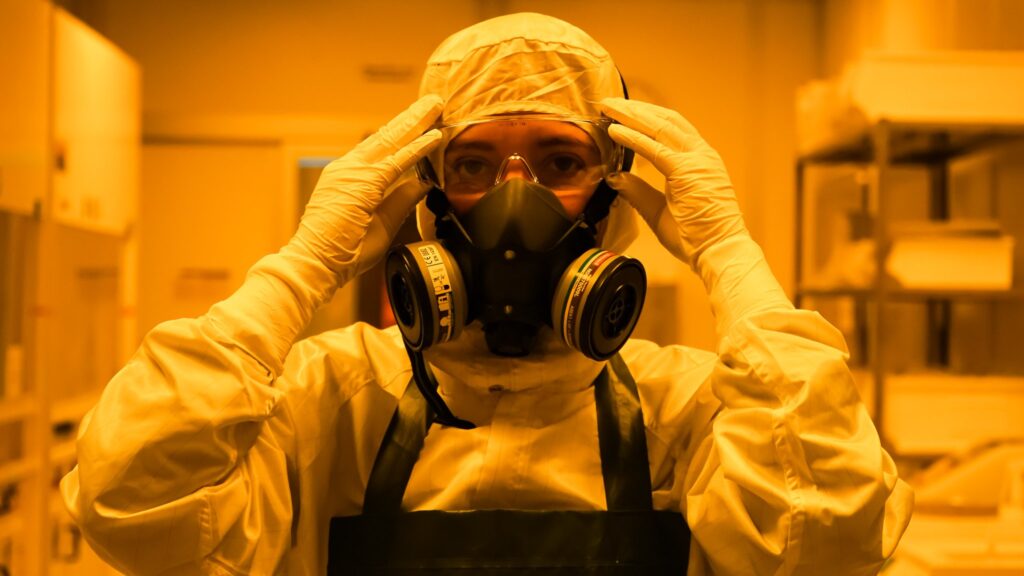From September 3 to 6, 2024, members of the Espiña (Water Quality) and Kolen’ko (Nanochemistry) groups from INL (International Iberian Nanotechnology Laboratory) participated in the XI International Congress on Analytical Nanoscience and Nanotechnology (NyNA 2024), held in Santiago de Compostela, Spain. The event brought together experts in analytical chemistry and nanotechnology to exchange cutting-edge developments and research under key topics such as Nano(bio)sensors, Nanomaterials for sample preparation, Analytical Nanometrology, and Detection, characterization, and quantification of nanomaterials. The INL researchers made a significant impact, presenting one plenary talk, two oral presentations, and one poster, demonstrating their leading role in these fields. Begoña Espiña from the Water Quality group delivered the Plenary Lecture (PL5) entitled “Nanotechnology-based sensors and materials for water contaminants monitoring,” discussing innovative approaches to the detection of harmful substances in water using nanotechnology. The talk highlighted advanced solutions for water quality management, showcasing the increasing importance of nanosensors in environmental monitoring. Javier Terán and Carlos Gonçalves contributed with oral presentations, further elaborating on analytical methods and strategies involving nanomaterials, while Joana Araújo presented a poster detailing recent research advancements. NyNA 2024 focused on fostering the growth of analytical chemistry concepts applied to nanoscience, with discussions spanning across nanotechnological applications and miniaturized nanosystems. With their substantial contributions, the Espiña and Kolen’ko groups continue to pave the way for innovation in the realms of water quality and nanochemistry. […]
Read more


